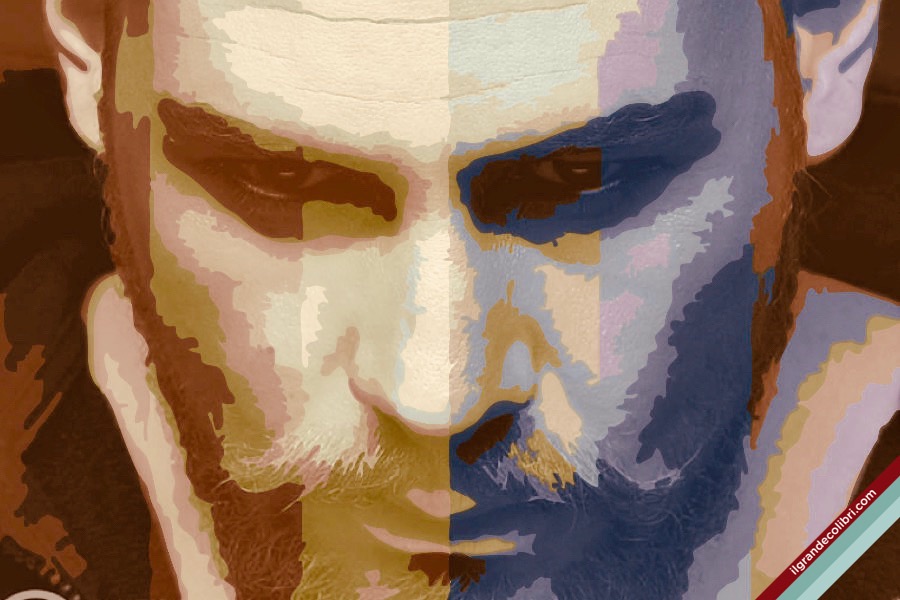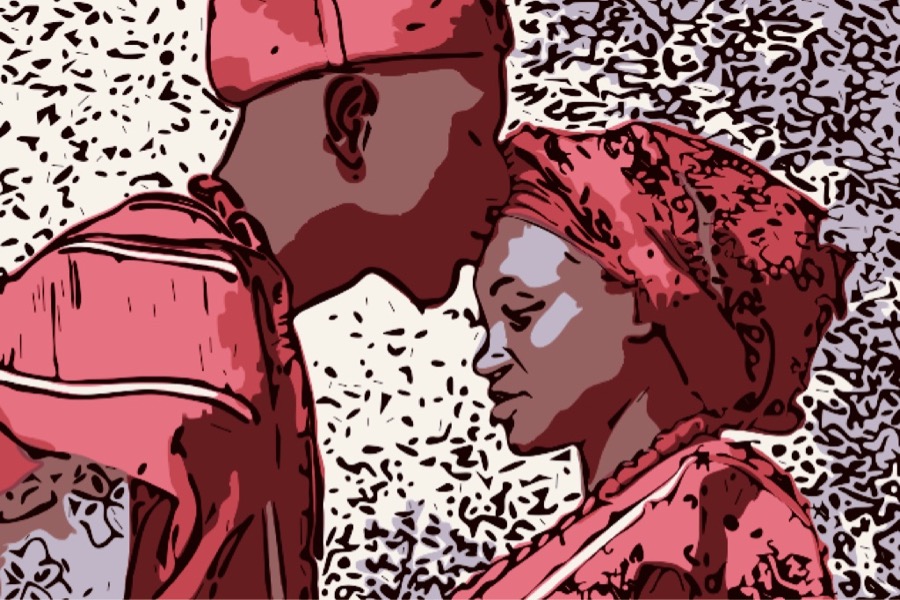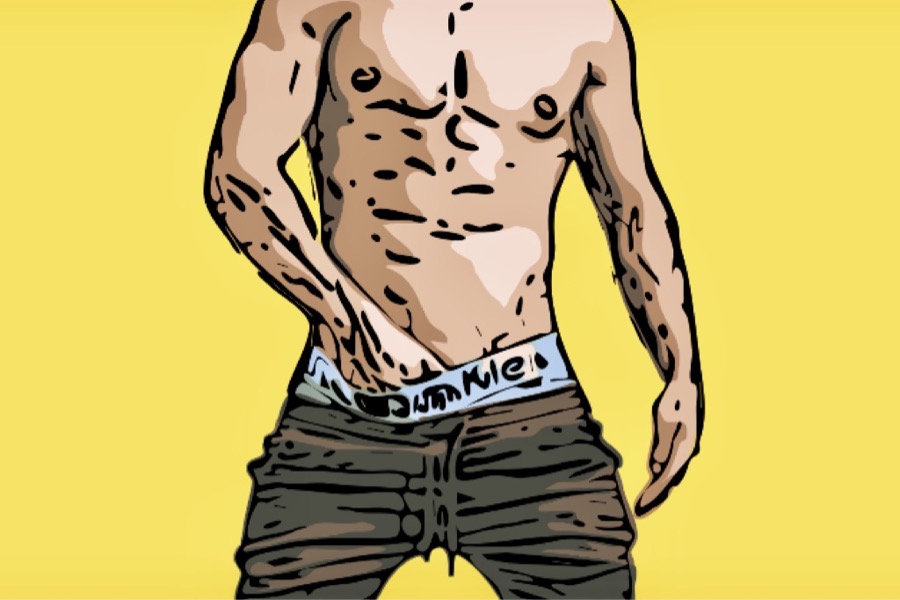Ten years have already passed by since Yehya Saade’s death and I think that it is necessary to pay tribute to him. Yehya Antoun Saade (1975 – 2010) has been one of the pioneers who, in the early 2000s, started to introduce elements of queer culture and social critique within the Lebanese and, to a certain extent, the Middle Eastern pop culture. Saade started to be noticed as a collaborator of the film director Nadine Labaki, with whom he shares a certain taste for vintage aesthetics. Together, they produced a video that is still considered one of the most iconic of singer Nancy Ajram’s career: “Akhashmak ah” (You make me angry).
The power of images
However, while Labaki’s career drifted towards the film industry, obtaining success both locally and internationally, Saade stayed in the music industry. With a small group of friends, he founded his own studio, Over Beirut, that shaped and transformed the image of many divas such as Haifa Wehbe, Nawal El Zoghbi, and Myriam Fares. The videos produced by Over Beirut are rich in details and colors and are often seen as controversial, thus censored in some cases. A landmark in that sense is the video of singer and model Amal Hijaz’s 2006 hit “Baya3 El Ward” (The Rose Peddler). In this video, the director transforms his muse into a tomboy.
Paradoxically, in this case, the controversy did not stem from Hijaz’s plunging neckline, or from the fact that, in the video, she is mostly smoking while driving, but from the promotional pictures of the single in which the singer was wearing a tank top of a famous Dutch BDSM and leather brand. For this reason, all the billboards were removed and replaced by others containing graphical changes that did not do justice to the original picture (billboards promoting singles and albums in cities like Beirut or Cairo are 10 times more visible than in Italy). These accidents did not scuttle Saade’s career. On the contrary, they boosted it.
Messages and silences
Thanks to prominent divas, the director succeeded in spreading his messages through the uncountable satellite-TV music channels, from Haifa Wehbe’s “Ebn El Halal” (Mr. Right) and its critique of consumerism, to “Jirh Ghiyabak” (The Wound of Your Absence) by Karol Sakr, in which the submission of women is criticized through many references taken from the Gospels as well. Saade had at heart environmental issues too – problems that remain unfortunately unresolved nowadays – which he illustrated in the video of Nawal Al Zoghbi “Mona Einah” (The Most Precious Dream).
His music videos were so controversial as much as his private life was mysterious. In the 2000s, in Lebanon and in other Arab countries, the general rule was that you could not talk publicly about what you did in your private life. Yehya Saade changed forever the way music videos are produced firstly by signing his masterpieces (previously, the directors were not used to sign the music videos they produced), and secondly by taking us into his imaginary world, where the LGBTQIA community finally started to become self-conscious.
New representations
Yehya Saade did not only inspire his collaborators and peers with his work, but also many other people in the fields of the arts and culture. Amongst others, I’ve collected the statement of my friend Imad Gebrayel, a lecturer in design and researcher in ethnography who specialized in the representation of identity, and post-colonial memory. Here is what he said:
“Yehya Saade played a crucial role in my visual exposure at times, when I was a design student. His work shaped my understanding of the potential of visual arts in representing causes, struggles, and minorities. Yehya made it possible for different experiences to be seen on screen, for their visual cues to transcend a music video, and to make them an intrinsic part of the contemporary collective memory of young creatives across the region. I connected with Yehya without knowing him, I got his cues, I interacted with his messages and felt represented.”
BouKerch
translation by Stefano Duc
©2020 Il Grande Colibrì
image: elaboration from a Yehya Saade’s picture




